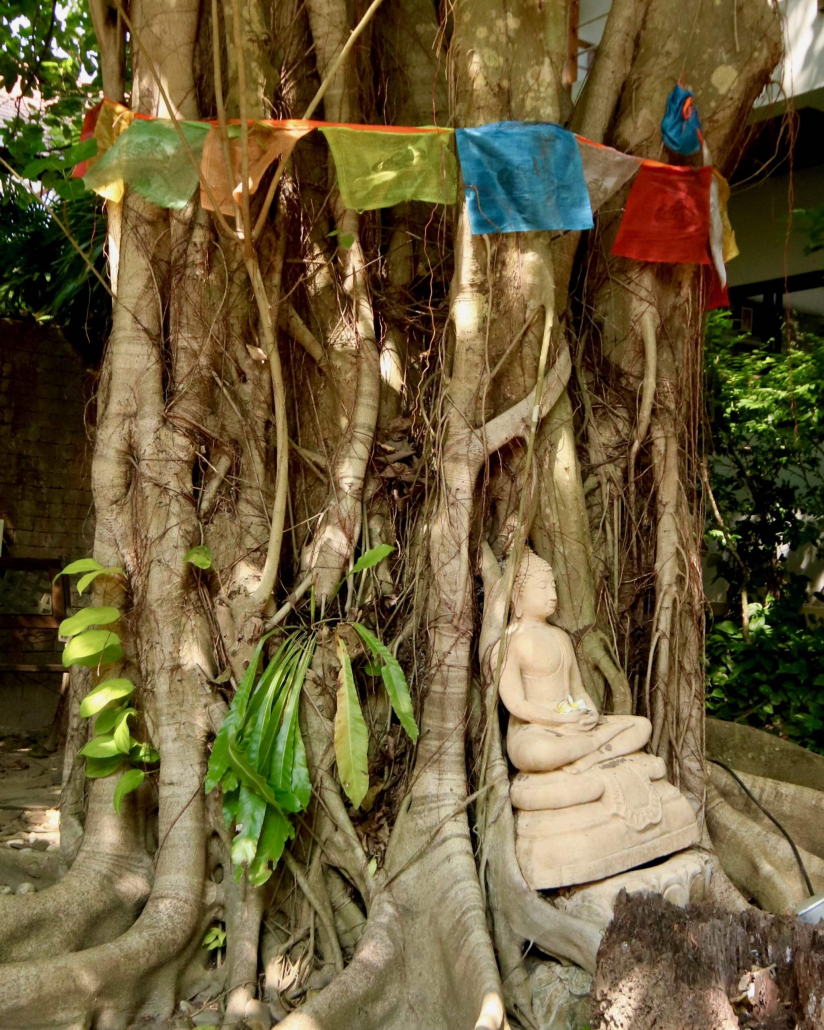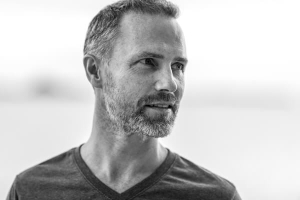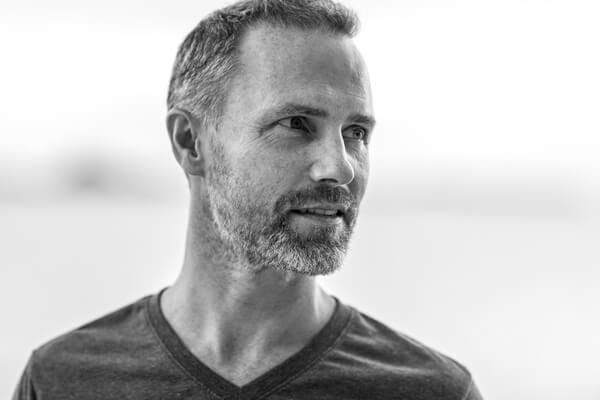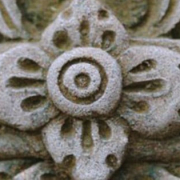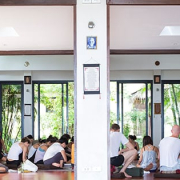 https://samahitaretreat.com/wp-content/uploads/2018/03/flower-shaucha.jpg
800
800
Dr. Paul Dallaghan
http://samahitaretreat.com/wp-content/uploads/2024/01/samahita-logo-v2.svg
Dr. Paul Dallaghan2018-03-13 00:00:002024-02-15 09:21:44Shaucha – Pure and Natural
https://samahitaretreat.com/wp-content/uploads/2018/03/flower-shaucha.jpg
800
800
Dr. Paul Dallaghan
http://samahitaretreat.com/wp-content/uploads/2024/01/samahita-logo-v2.svg
Dr. Paul Dallaghan2018-03-13 00:00:002024-02-15 09:21:44Shaucha – Pure and NaturalCan you plan, trust and let go all at once
Some might consider these mutually exclusive. But in reality they are mutually supportive and synergistic. The limit is not in how these separate “-ing”s function but in the degree of your conditioned thinking and linearity.
Maybe tonight before you go to sleep pull up a copy of the Bhagavad Gita and only read the second chapter (for now). In these lines you will read about ‘buddhiyoga’ as the faculty of insight and discernment. According to the teacher, Krsna in this case, it is capable of bringing about a certain degree of self-control. It becomes a circular process of being both a particular state of mind you “see” (hence a cognitive state) and a method, as in a form of practice, for maintaining it.
This means your approach to all the different aspects in your life, from daily routine to practice to relationships, is filled with your effort to look into each encounter, reflect, aim to understand the nature of it, show up fully and present. Such a continued effort results in a mental state that does this quite naturally. Mutual reinforcement.
Initially this can only come from your attitude of “determination”, as verse 2.41 points out. The mind left to its own devices is lazy, fickle and follows the path of least resistance. Buddhi, genuine and sincere effort, intelligent, and understanding, requires a degree of effort where there is no room for a lazy mind. This determination is not all passion for your project or ambition to “make it”. It is filled with a much higher degree of conscientiousness. Do right by others and be true to yourself, make the effort, care.
Effectively it arises and improves by (one of my favorite references to what yoga is) a “skillfulness in action”, noted in verse 2.50, developed through determination and rigor in how you handle your tasks (in verse 2.47).
But that’s only half of the “skill”, rather simultaneously you are able to let go of all personal attachment to the results of your actions, noted in verse 2.48. The outcome of that is a profound level of emotional regulation borne from non-dependence.
So as you trust and let go this does not mean you give up, do nothing, convincing yourself you are “going with the flow.” Damn, there’s work to be done. People are hungry, afraid, suffering. Meals must be cooked. Bills must be paid. Love must be given (yes I know, this is not forced but how easily and freely does it flow? Impeded by a lazy, which is a selfish, mind …..?).
So the daily routine needs some degree to, in certain instances, extremely high level of planning. Without a lazy mind but one that cares and makes the effort. Yet equally wastes no mental effort on controlling or desiring outcomes that only arise from your possessive, craving, and insecure aspect of mind.
Plan. Do. Put up your best effort. Trust in how things unfold. Be in the moment. Be satisfied as you end the day with your effort. Enjoy the space post-effort that is filled with being and not craving.
When the outcome arrives (in simplistic terms) then assess what’s next. Maybe you need to redouble effort having learnt what you did was not planned well enough, lacked in genuine effort. Or maybe the outcome is quite beneficial which now can be shared with others.
So tackle your day with determination and subsequently a skill in action that is divorced from what you want from it but filled with how you engage and handle it. In this instance it trumps your passion for it. Passion, as we know, eventually wanes. Determination and skill can only improve and grow.
So be a Buddhi-Yogi and plan-trust-be. And enjoy your bedtime reading tonight.
Paul Dallaghan’s expertise with breathwork, body and meditative practices comes from three sources: over 25 years of daily dedicated practice and teaching these techniques; immersion in the original culture through one-on-one direct training in practice and study of ancient texts; doctoral scientific research at a leading US university (Emory) on yoga and breath in terms of stress, health and aging. Paul occupies a unique space to impart genuine teaching and science on these practices, acknowledged by his teacher and lineage (Kuvalayananda) in India as a Teacher-of-teachers and a Master of Breath, identified to carry the tradition (Pranayama). This places him as the only master-level yoga and breath practitioner currently immersed in scientific academic research on breathwork, stress and health. His sincere and ongoing role is to teach, write and research to help put out experienced and authentic information on these areas in a world full of confusion and conflicting messages both off and online.
For more on his background see his bio.
Dr. Paul Dallaghan’s expertise with breathwork, body and meditative practices comes from three sources: (1) three decades of daily dedicated practice and teaching these techniques; (2) uniquely acknowledged in the Yoga tradition by the title of “Master Yogi-Prānācharya (expert in breath)”, following an immersion in the original culture through one-on-one direct training in practice and study of ancient texts; (3) a PhD in doctoral scientific research at a leading US university (Emory) covering both the tradition and science of yoga and breath practices in terms of stress, health and aging. As a result, Paul occupies a unique space to impart genuine teaching and science on the breath, body, and meditative practices, seen as a Teacher-of-teachers and identified to carry on the tradition of Pranayama. His sincere and ongoing role is to teach, write and research, to help put out experienced and authentic information on these areas of how we live, breathe and be, to help people improve their mental and physical health, and live more fulfilling lives.
For more on his background see his bio
More from the Samahita Blog
